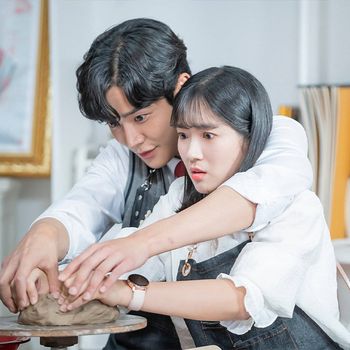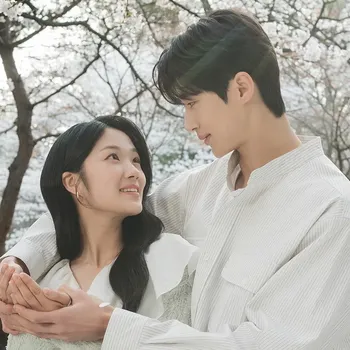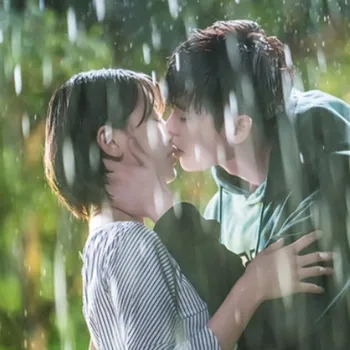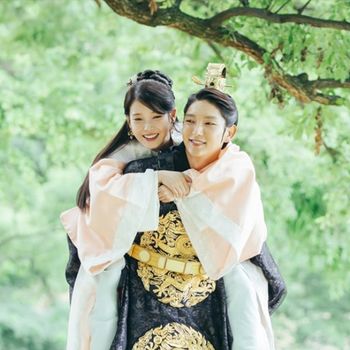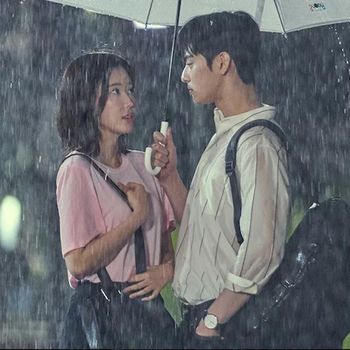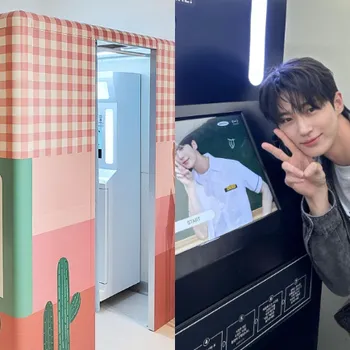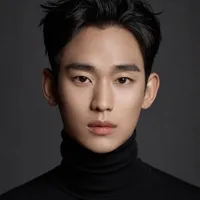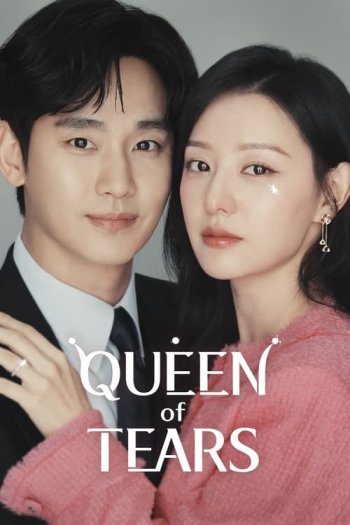
Kpopmap / tvN
You may have seen scenes in K-Dramas where Koreans perform ancestral rites (called 제사 (je-sa) in Korean) either on major holidays such as Chuseok (the Korean thanksgiving) or Seollal (the Lunar New Year) or even during the memorial gathering for someone's death. Usually in these K-Drama scenes, you might notice family members gathered (usually dressed in black or demure colors), in front of a table filled with traditional foods and a portrait of the deceased (sometimes not there).
Well, today we're going to explain all about the Korean ancestral rites culture, so that you can gain a better understanding of it.
Why do Koreans practice ancestral rites?
Koreans hold ancestral rites ceremonies/rituals to honor their ancestors, maintain family bonds, seek blessings and protection, and to uphold tradition.
A look into some of the history behind ancestral rites ceremonies
Ancestral rites can be traced back to ancient times as the tradition has continued for hundreds and hundreds of years. For instance, the tradition was a predominant part of Korean society especially in the Joseon dynasty where Confucianism and its principles were at the forefront.
Confucianism values filial piety (treating one's parents well) as one of its pillars. One of the footholds of this was through various ceremonies including the ancestral rites ceremony. The ideal that families who held these ceremonies were perfect examples of Confucian values was widespread and thus became the new normal over time, regardless of one's societal status.
In the later Joseon Dynasty, the caste system was starting to
Enjoy full access for just $1
Join over 10,000 active members!
🌟 Special Contents for Subscribers
